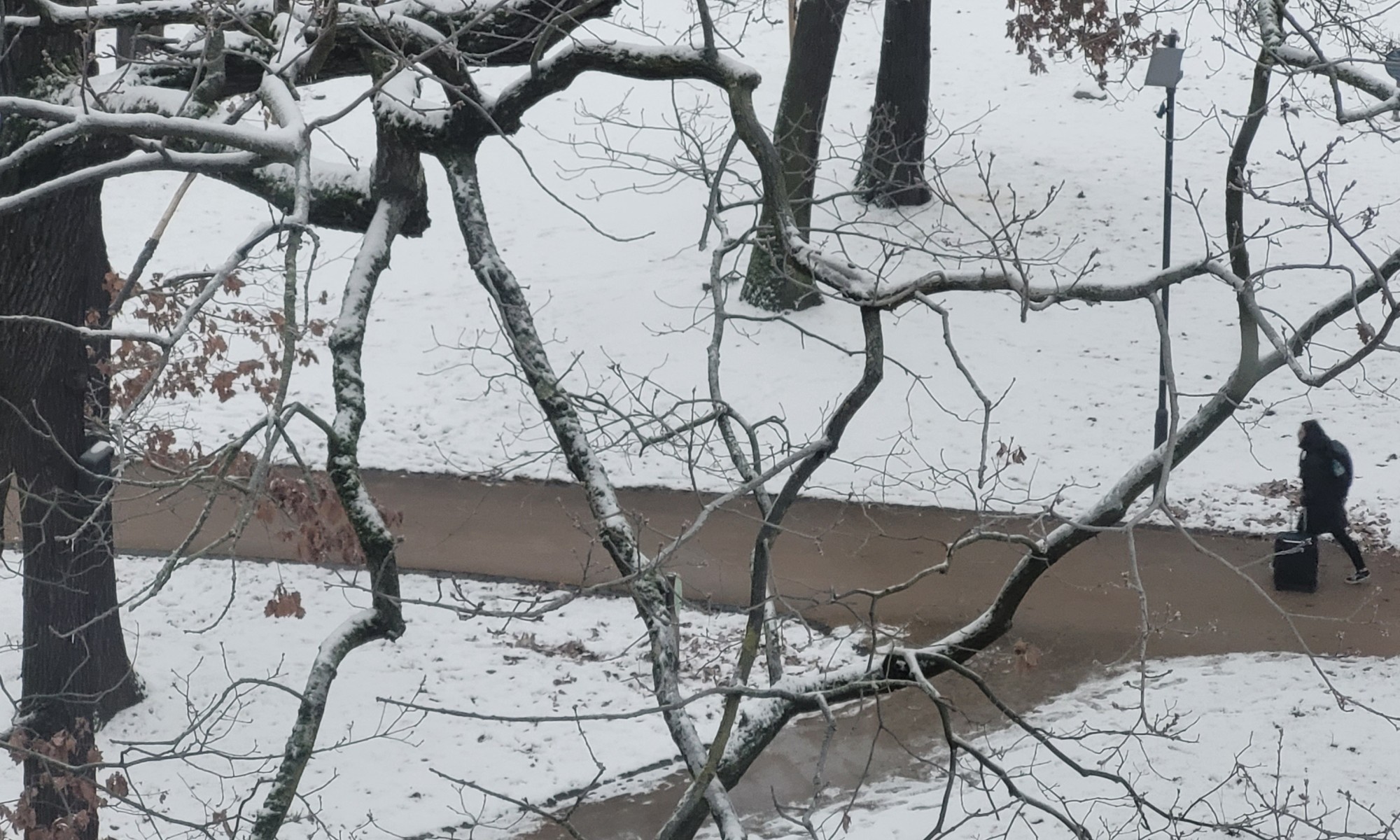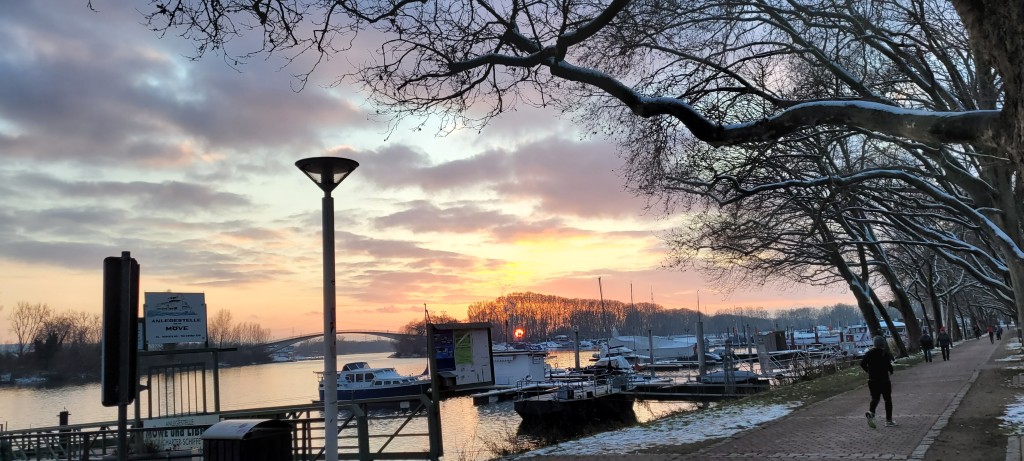
Little did I know, my Wiesbaden adventure would extend far beyond the classroom as Professor Christine Bernhardt, my gracious host, guided me into the rich history and tapestry of the townships along the great Rhine River.
Nestled at the foot of the southern Taunus Mountain range in Hesse and at the heart of the winemaking Rheingau Region, Professor Christine began with Wiesbaden, revealing the city’s historical roots that reached all the way back to the Roman Empire. As one of Germany’s oldest spa towns, it was much protected during WWII. So, the city now boasts many preserved beautiful buildings and parks. Even with the biting chill of winter and early sunset hours, I still found myself pleasantly roaming the streets on my own and enjoying the snow-blanketed landscape to admire the city.
I saw old and modern architectural structures intertwined classical ornate facades, coloured bricks and dark slate-tiled roofs with sleek clean contemporary designs that sometimes appeared in unexpected bursts of colours. I walked across the Wiesbaden’s famed green lungs that dotted the city; sometimes sandwiched between city sections, sometimes along a creaking icy river; I couldn’t help but imagine the atmosphere when the place would be bustling again when the weather gets warmer. I was told that there would be beer gardens and stalls everywhere, amongst the shady trees and flowerbeds, and people enjoying themselves in the sun.
From Wiesbaden, we crossed the river Rhine to Mainz to explore the history of printing press machines at the Gutenberg Museum. As an expert in typography design, Professor Christine patiently guided me through the historical showcases of glyphs, lettering, calligraphy, typeface design, and book bindings across multiple civilizations. And of course, the history of the Gutenberg printing press. It was said that Gutenberg took inspiration to devise the initial designs from the machines that pressed grapes to make wine.
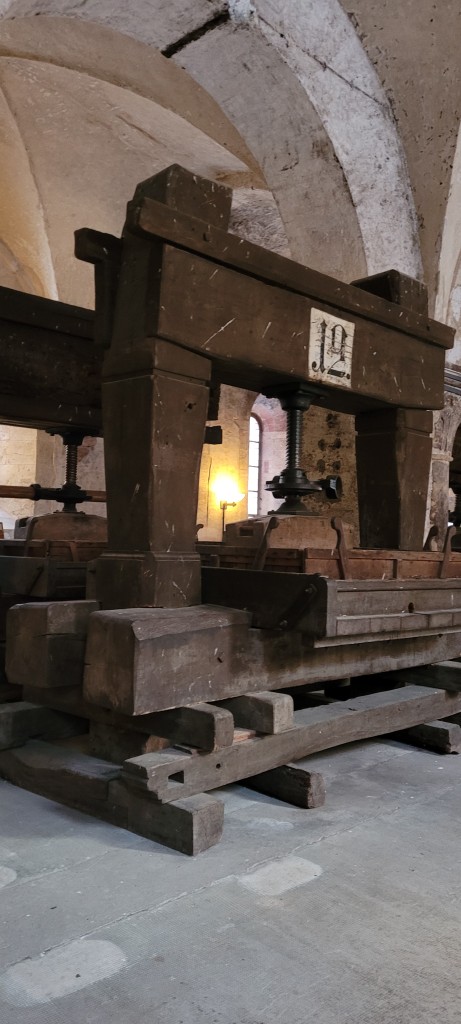
Words can hardly describe what I felt when I first saw a few of the original copies of the Gutenberg bibles. Leaning in close to see the intricacies of the first printed text and uniformity of the design makes it easy to understand why even back then, a book like this would be so costly. Knowledge was so highly valued that it was reserved for those who could afford it, necessitating its presentation to be in the most beautiful manner possible.
We then walked uphill to visit St. Stephen’s Church to admire Marc Chagall’s aquamarine blue stained-glass windows. The interior was the loveliest shade of blue, it felt almost underwater-like. We spent a few moments of quiet solitude there before ending our day with the bitter and sweet tastes of the much-cherished German tradition of kaffe und kuchen —coffee and cake in a quaint café.
Over the weekend, Professor Christine once again took me under her wing as she and her husband, Manfred Bernhardt brought me along to their day excursion in the small, picturesque town of Limburg an der Lahn. There, Mr. Bernhardt, who is an accomplished architect, explained to me in detail about the beauty and heritage of the traditional buildings around the Old Town. He also laments the ‘architectural sins’ of the industrial era as he pointed out to the modern buildings that appear to blend inorganically and disrupt the visual continuity of the transitional Romanesque-Gothic styled structures.
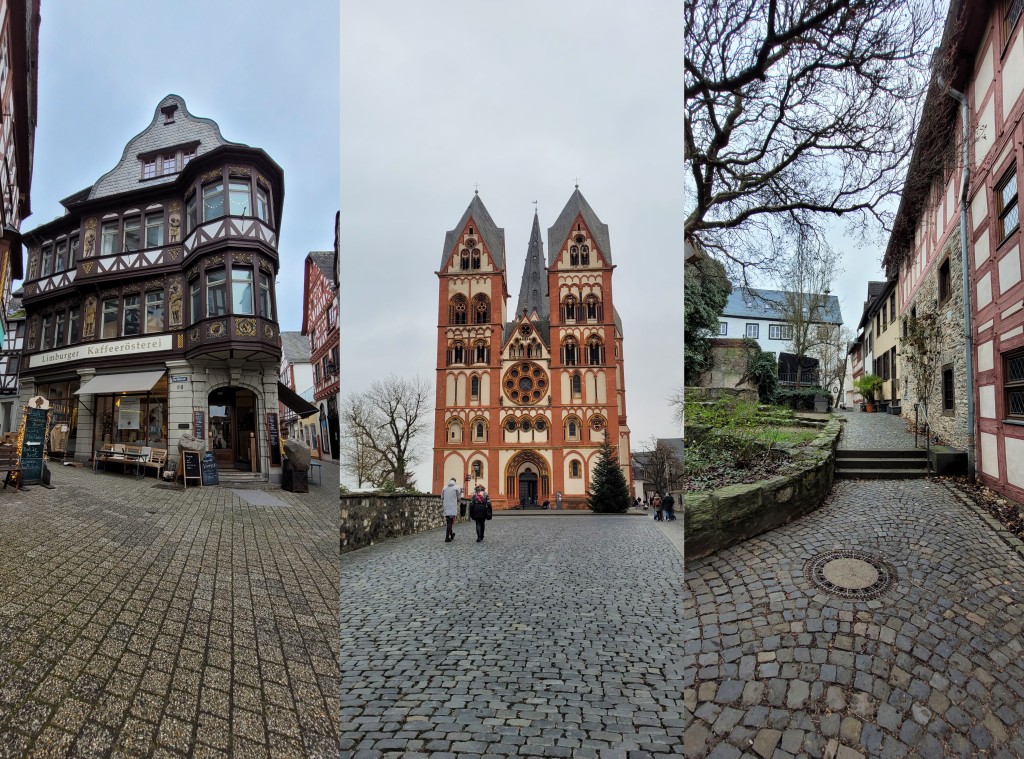
Mr. Bernhardt then shared with me one of his projects, the Supernova Planetarium and Visitors Centre for the European Supernova Observatory Headquarters in Munich. Inspired by the dance of two colliding stars, the design was an embodiment of his belief that contemporary architecture, when executed with purpose and creativity, can transcend functionality, and become a statement of artistry in its own right.
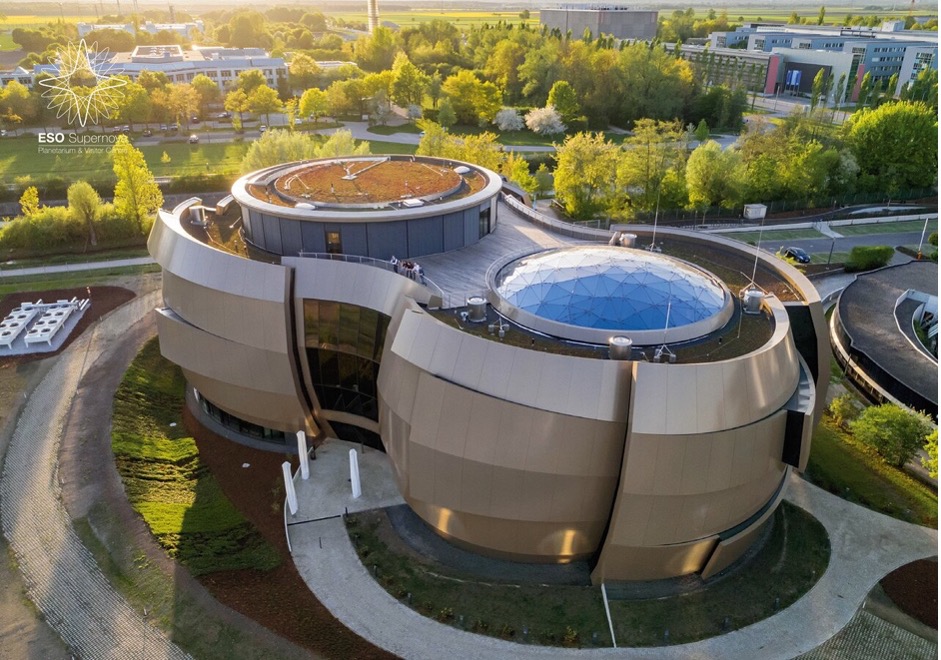
Before my departure to Frankfurt, as the final treat of my river Rhine adventure, Professor Christine took me up to idyllic Eltville, one of the wines producing regions to visit the Kloster Eberbach, a former Cistercian monastery. With its Romanesque and early Gothic design, the abbey is now considered as the most significant architectural heritage site in Hesse. The abbey was also made famous since the building’s interior was used to film Sean Connery’s historical murder mystery The Name of The Rose in 1985. The abbey now opens its door as a historical site that still actively produces wine as well as serving as the main venue for the Rheingau Musik Festival in summer.
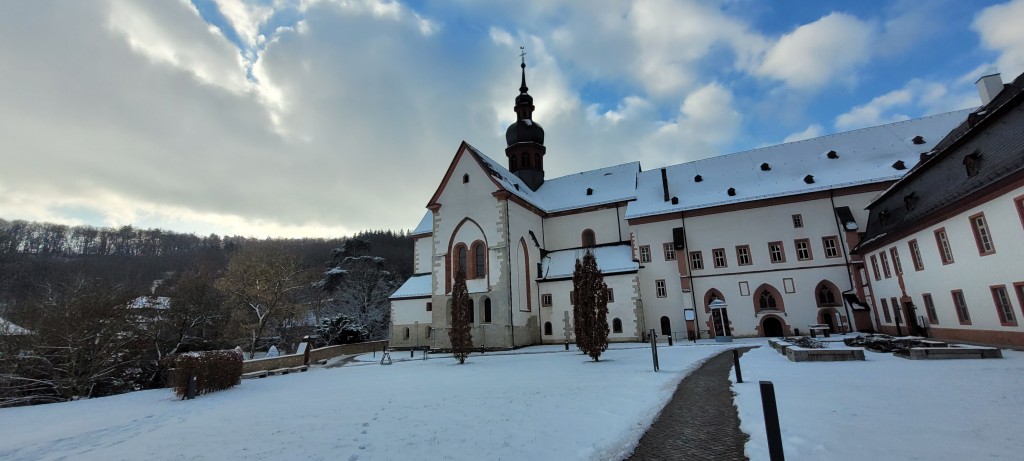
In Frankfurt, despite of the heavy snow, I thought of exploring the renowned Museumsufer, or Museum Embankment along the river Rhine on my own. But coincidentally, the Stadel Museum was also exhibiting ‘Holbein and the Renaissance in the North’ and so I ended up spending much of the day roaming the art museum instead. I have always adored both Holbein the Elder and the Younger realist style of painting. So, standing before their artworks up-close was an awe-inspiring experience. For a moment, you couldn’t help but realise that these artworks are the only tangible connection that transcends time and space. The quiet, timeless dialogue between us and the artworks left me with a renewed appreciation for arts.
As my winter adventure along the river Rhine came to a close, the charm of the cities and towns I had visited was unmistakable. Every interaction, whether with students in classroom or with the locals in the streets, became a testament to the warmth and hospitality of the Rhine. As I reflect on my time here, it’s the blend of learning, exploration, and the embracing of diverse cultures that made this journey truly special. Wiesbaden, Mainz, Limburg an der Lahn and Frankfurt – with their rich history and welcoming atmosphere had made the teaching exchange experience not just an academic endeavor but a celebration of the beauty that unfolds when learning becomes a journey of both the mind and the heart.

